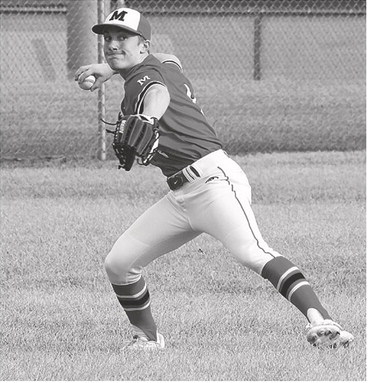DNR asks public to report bear den locations for research
The Wisconsin Department of Natural Resources (DNR) encourages the public to report any black bear den locations across Wisconsin to help with an ongoing study on black bear reproduction.
The Black Bear Litter and Diet Survey will generate new estimates of black bear reproductive rates within each bear management zone, and these estimates will improve the accuracy of the population models used in each zone. Additionally, researchers are investigating a connection between consumption of human food sources and bear reproduction since diet can affect cub survival rates and litter sizes.
The study will be entering its fourth year of surveying occupied dens in the Wisconsin bear range. The research team will take den reports statewide but is looking for more dens to survey in bear management zones C, D and E, which cover central and western Wisconsin. Land in Taylor County south of Hwy 64 is in Zone C.
“It is important for the study that we get collars out in each of the bear management zones,” said Dr. Jennifer Price Tack, DNR large carnivore and elk research scientist. “This will allow us to better inform bear population estimates for each zone, which in turn support management decision making.”
The public is encouraged to report as much information as possible about occupied black bear dens without approaching or disturbing them.
Public reporting is essential to this project. Bear dens aren’t frequently found, so it is important that people report them to the DNR when they do. Reporting dens helps the DNR meet the sample size requirements for our study and increases the accuracy of the black bear population estimate.
Helpful information to report to the bear research team includes GPS coordinates, a photo of the den, ideally showing it in relation to its surroundings, from a safe distance (approximately 30 yards), a description of the site and surrounding area, and any information on the bear(s) and bear activity near the site.
Price Tack and her team will work with den reporters and landowners to visit the den before deciding to survey it, determining if it is safe, accessible and in use. Den reporters, landowners and/or land managers are typically invited to help if there is a planned survey for the reported den. The team may not be able to visit every reported den location this season. Dens that are known to be currently occupied will be prioritized.
DNR staff will collect biological data from these dens, including sex, age, weight and body measurements. Mother bears, or sows, will be outfitted with a GPS collar, one of the most important pieces for collecting data. Collars help staff learn more about bear foraging behavior and locate the sows in the following years. Revisiting the sows will help staff determine the reproductive success of each sow, such as her litter frequency, litter size and the survival rates of the cubs.
While surveying, bear health and safety are a top priority. Designated staff monitor the sow’s breathing and heart rate while the rest of the team quickly gathers the needed samples and measurements. Any cubs present at the den are carefully weighed and sexed. Cubs are tucked into staff’s coats to keep them warm because the cubs cannot yet regulate their own temperature. Once researchers finish collecting samples and fitting the GPS collar, the sow and cubs are put back into their den.
The Black Bear Litter and Diet Survey team will continue to survey dens for the next four to five years. Over that time, the team hopes to get 100 collars out across the bear management zones, with approximately 20 collars per zone.
To report a known black bear den, visit the DNR’s black bear den submission form at https://www.surveymonkey. com/r/7DSMFZS.




